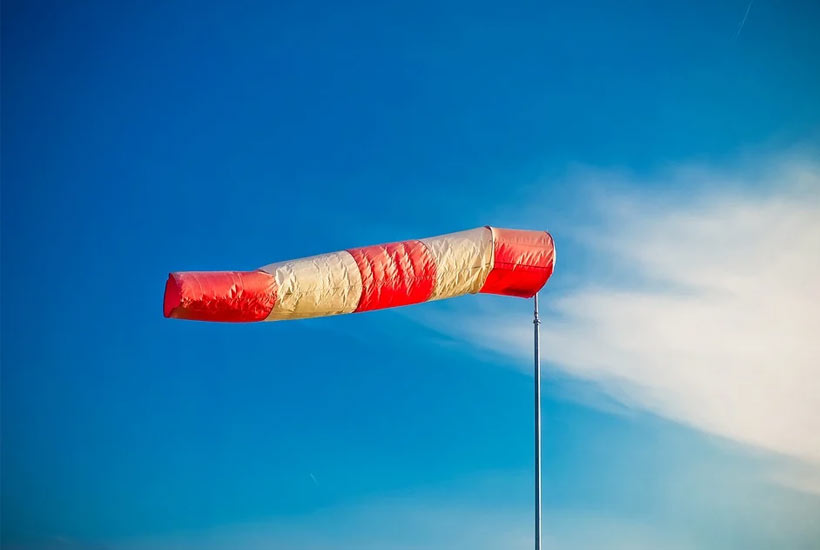You know that your roof can handle any gust of wind that normal weather might throw at it, but you might start to get worried if an extreme windstorm, tropical storm, or hurricane is on the forecast. How much wind can a roof withstand before it loses shingles or rafters? And, if high winds are projected for your area, how can you storm proof your roof? We’ll explain what you need to know about your roof’s wind performance before.
Wind Tests on Roofing Materials
All roofing materials are tested to determine if they can withstand high winds. For example, all-metal roofing should be ATSM 1592 tested to make sure it can resist the uplift forces from the wind. Those that pass the test will resist normal wind uplift forces when installed properly.
Asphalt shingles are also tested for wind, and as a result of those tests, they are given a wind class that determines which areas they are fit to be installed in. For example, CertainTeed Landmark shingles have been tested under both the ASTM D3161 and ASTM D7158 protocols and received Class F and H, respectively.
The older ATSM D3161 test determined certain Landmark shingles could be installed in areas with 110 mph. The newer ATSM D7158 test found that certain Landmark shingles were safe to install in areas that could get 150mph wind. You’ll have to find the rating that your specific shingles achieved to know how well they will perform in extreme wind. Most are only rated to 110mph, which means they will likely remain on only in category 1 and 2 hurricanes.
Roof Design and Shingle Health
While roofing materials are tested to withstand wind, and some products achieved very high ratings, manufacturers can’t guarantee that your roof will be able to withstand the same high winds the materials were exposed to in the tests. That’s because roof design and shingle health both play a role in how well your roof will perform under this stress.
Certain roof styles and shapes are better at handling wind than others. For example, gable roofs aren’t ideal for very high winds. These roofs have flat triangular faces that the wind can hit and then pull upwards on the edge of the roof above. Extreme winds can lift gable roof trusses off the rest of the home.
On the other hand, hip roofs resist wind much better than gable roofs. These roofs are stout, with no flat faces for the wind to catch on. In high-wind areas, roofs with hips will typically perform better in the long run.
What about shingle condition? If your shingles are getting near the end of their lifespan, their adhesive may be weak and simply unable to handle the same wind force they did earlier in their life.
What About Category Five Hurricanes?
A category five hurricane has winds that are 157 mph and higher. The Saffir-Simpson hurricane scale ends here because these storms are as destructive as hurricanes can be on our buildings.
The only thing you can do to protect your roof from an extreme windstorm is to have the high-quality roofing materials installed that offer the best performance in extreme wind. While nothing is guaranteed to withstand such severe storms, the best quality shingles may weather Category 4 storms.

